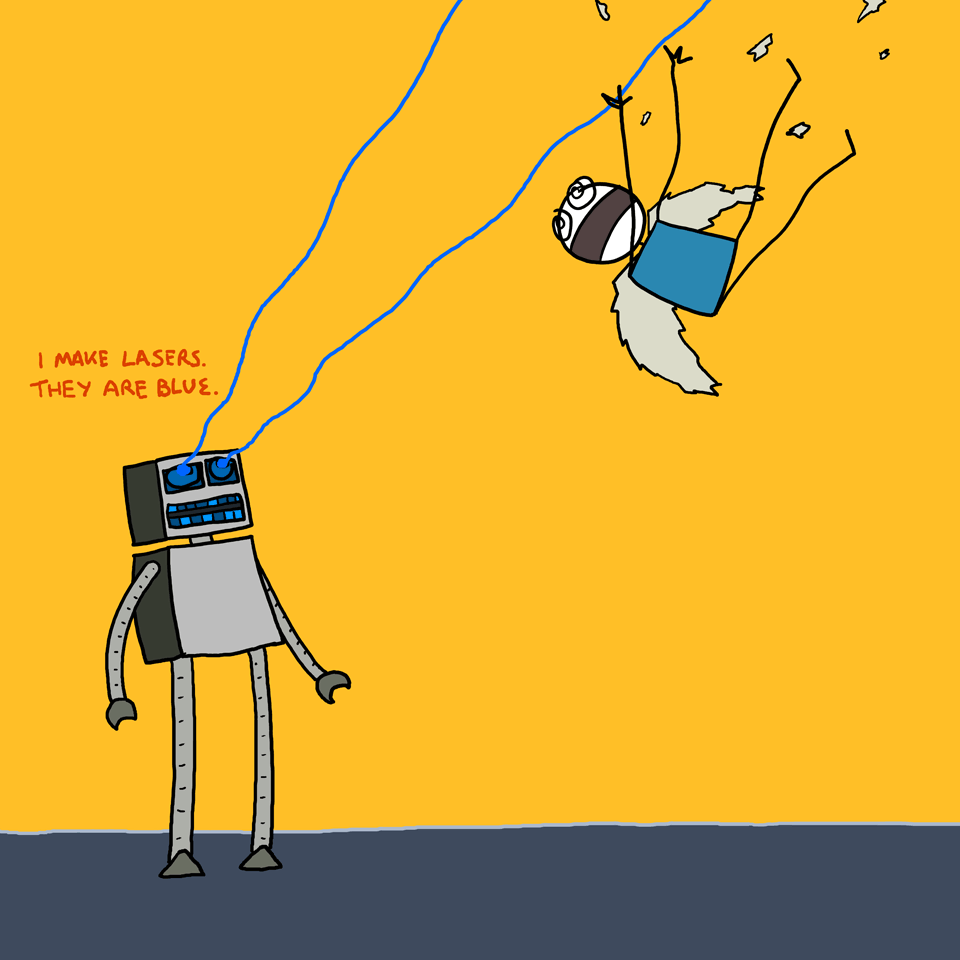Even on vacation, I gravitate towards my passions in life: good food, good beer, and science. My human boyfriend and I were in Cincinnati, Ohio over Labor Day weekend and killed some time between meals at the
Museum of Natural History and Science at the beautiful
Cincinnati Museum Center, which was offering free admission to commemorate the passing of local hero,
Neil Armstrong. I especially enjoyed the
ice age exhibit, which emphasized the idea that scientists are like detectives and use clues from nature to learn when and where glaciers formed, and how the environment and animal populations change over millions of years. I thought was a great way to introduce kids to the idea of objective observation.
Afterwards, we explored the museum gift shop where I noticed the "boys section" had several science-related items, such as the
The Dangerous Book for Boys Electronics Science Kit. Yet the "girls section," glaringly obvious by all the hot pink packaging, only had jewelry-making and fashion design kits.
Back the fuck up.
Why do the cool electronics kits have to be gender specific at all?
Why no "Electronics kit for kids?"
OK, I don't intend to needlessly pick on an otherwise nice museum. I understand the goal of the store is to make money and simply stocks whatever sells. I also understand that
The Dangerous Book for Boys is merely
a popular brand and that an equivalent
Daring Book for Girls also exists. I will also admit that, unlike
other female scientists, I will tolerate
Computer Engineering Barbie and
hot pink science kits for girls as long as they have a sufficient amount of science in them, and as long as there are plenty of other, gender-neutral science toys available to choose from. Which, in this case, appeared to be none.
What offended me is that
nowhere else in the museum would anyone be lead to believe that gender had any role in science. A poster in the paleontology room, in fact, showed a picture of a
female paleontologist. These days, even academics
can't get away with merely suggesting females might have innately different aptitude in math and science.
Boys and girls are taught in the same way, in the same classes, are equally adept, why should their access to educational toys be any different? It makes me sad to think of some little girl wanting an electronics kit but feeling like she can't have one because the box it comes in is blue.
Yes, women have achieved a lot in the past 100 years. Yet most people probably don't even notice how ridiculous and old-fashioned our views on gender are, particularly in the messages we send kids on what they should be interested in. Yes, some girls like Barbies, kitty cats and even the color pink, but sometimes they also love bugs, computers, chemistry, and science fiction.
It's possible to love both.
Marketing has it all wrong. In science, it doesn't matter what gender you are.
Girls love science for the same reasons boys do.
Science writer Jonah Lehrer explains all children are natural scientists. It's in their nature to ask questions about the world. As a scientist, they get to put on their thinking caps and investigate the answers in an objective way. They get to use microscopes to look at really tiny things up close, or telescopes to look at really big things from far away, or mix two chemicals and see what happens, or dig in the dirt, or set things on fire. Fascinating things. A lot of experimentation is just plain fun.
The other great thing about science is that, even as a grown-up, it doesn't matter who you are, where you came from, what you look like, if you're shy, or even if you're not a straight-A student. Like anything that requires problem-solving and collaboration, diversity is a good thing. What matters most in science is your willingness to learn, work hard, and get your hands dirty. It also matters that you have the confidence to keep going when you run into challenges.
The problem isn't getting girls interested in science-- they are already interested. The problem is keeping girls encouraged to stick with science despite the challenges, even when seemingly little things get in the way, like the toys they want are marketed for boys. They might have long hair and prefer the color pink over other colors, but they aren't these delicate little things that can't handle advanced concepts, small parts, or complicated instructions too. They should feel welcome and comfortable in the world of science from a young age, just as they are.
After all, there's no such thing as calculus for girls.
There IS such thing as a
hot pink TI-84 graphing calculator.
(I kind of want one.)







